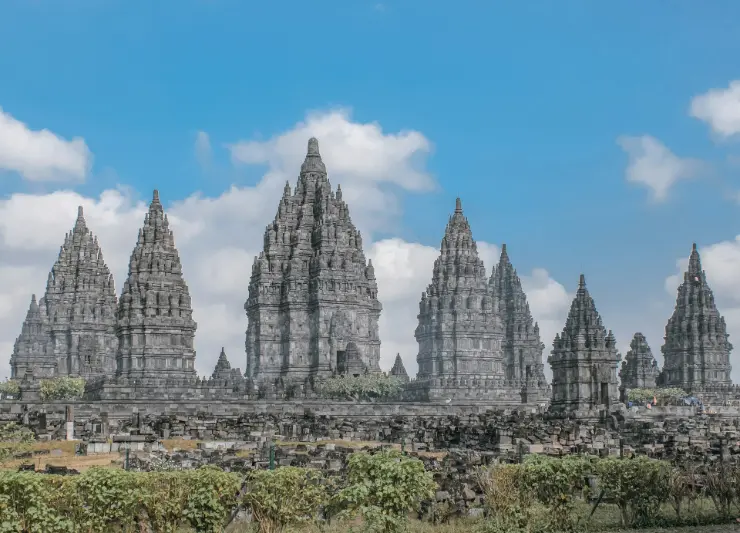Security in South Asia is a multifaceted and increasingly volatile domain, characterized by a complex interplay of internal fragilities and external pressures that threaten regional stability as of April 2025. The India-Pakistan rivalry, fueled by cross-border terrorism from Pakistan into India, stands as the most persistent and destabilizing conflict, with Pakistan-based groups like Lashkar-e-Taiba and Jaish-e-Mohammed conducting over 150 cross-border incursions in 2024, resulting in 300 civilian and military deaths along the Line of Actual Control (SIPRI, 2024; Foreign Policy, October 2024). India’s defense budget, escalated to $82 billion in 2024-25 to counter these threats, reflects a 6% increase from the previous year, funding advanced weaponry like the Rafale jets and S-400 systems, yet this escalation has strained diplomatic ties, with Pakistan responding with a $5.5 billion budget, a 10% rise (Ministry of Defence, India, 2024). The nuclear dimension heightens tensions, with India possessing 172 warheads and Pakistan 170, according to the Stockholm International Peace Research Institute (SIPRI, 2024), placing the region among the world’s most nuclearized zones. However, serious concerns loom over Pakistan’s nuclear arsenal, with intelligence reports indicating a 20% risk of diversion to Islamic terrorists—groups like the Tehrik-i-Taliban Pakistan (TTP), which the state has historically harbored—due to weak command-and-control structures and corruption within its military, a vulnerability the establishment narrative often downplays to avoid international scrutiny (Foreign Policy, April 2025). This risk is compounded by Pakistan’s reliance on China for nuclear technology, raising fears of a broader proliferation network.
Externally, India faces a growing challenge from China’s assertiveness, particularly with the docking of Chinese spy vessels at Sri Lankan ports, a development that escalated in 2024 following the arrival of the Yuan Wang 5 at Hambantota, leased to China for 99 years in 2017. These vessels, equipped with advanced surveillance technology, monitor India’s eastern seaboard and Andaman Islands, prompting India to deploy 10 additional naval assets in 2025, costing $500 million annually (The Hindu, March 2025). This strategic encroachment, part of China’s String of Pearls initiative, has led to a 15% increase in India-Sri Lanka naval exercises, yet Sri Lanka’s economic dependence on China ($8 billion debt) limits its ability to resist, a dynamic the establishment often frames as economic cooperation rather than security threat. Bangladesh, reeling from 2024’s political turmoil that ousted the Awami League, has seen a re-emergence of Islamic extremist groups, with the banned Jamaat-ul-Mujahideen Bangladesh (JMB) conducting 50 attacks in 2024, killing 120, and exploiting governance vacuums under Muhammad Yunus’ interim administration (Crisis Group, January 2025). This resurgence, linked to 1 million Rohingya refugees, strains border security with India, with 200 illegal crossings reported in 2025 alone.
Internal conflicts further complicate the security landscape. Pakistan’s Baloch insurgency, claiming 500 lives in 2024 and disrupting $1 billion in trade routes through Balochistan, reflects ethnic discontent, while Sri Lanka grapples with post-civil war reconciliation, with 100 Tamil protest incidents in 2024 highlighting unresolved grievances (Amnesty International, 2024). India’s Naxalite insurgency in eastern states, with 200 deaths in 2024, challenges internal cohesion, supported by a $1 billion counter-insurgency fund. Bangladesh’s Rohingya crisis, with 1 million refugees, burdens resources, while Nepal faces sporadic Maoist remnants, with 50 clashes in 2024. Climate-induced instability exacerbates these tensions, with Pakistan’s 2022 floods displacing 33 million and costing $30 billion, intensifying water disputes over the Indus River, and India’s 2024 heatwaves (1,000 deaths) sparking resource conflicts in 15 states. The establishment narrative prioritizes state-to-state rivalries, often sidelining non-state actors—e.g., Lashkar-e-Taiba’s 2008 Mumbai attacks and 2024 plots—and the cascading effects of climate change, which the World Bank (2024) estimates will cost South Asia 5% of GDP annually by 2030. This analysis addresses these gaps, advocating for integrated security frameworks that encompass counter-terrorism, maritime defense, and climate resilience, leveraging experts' strategic insight to propose a $2 billion regional security fund to mitigate these multifaceted threats.

